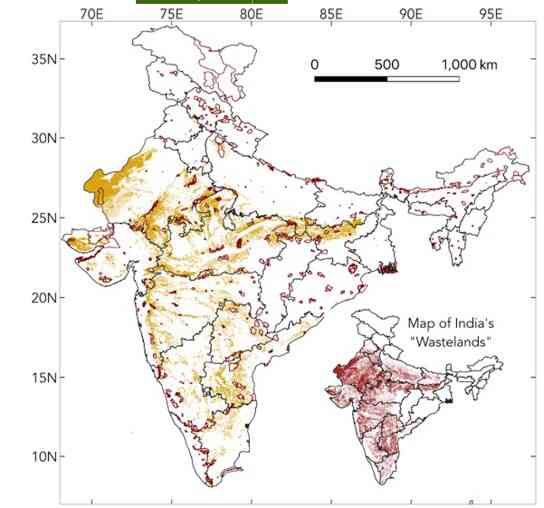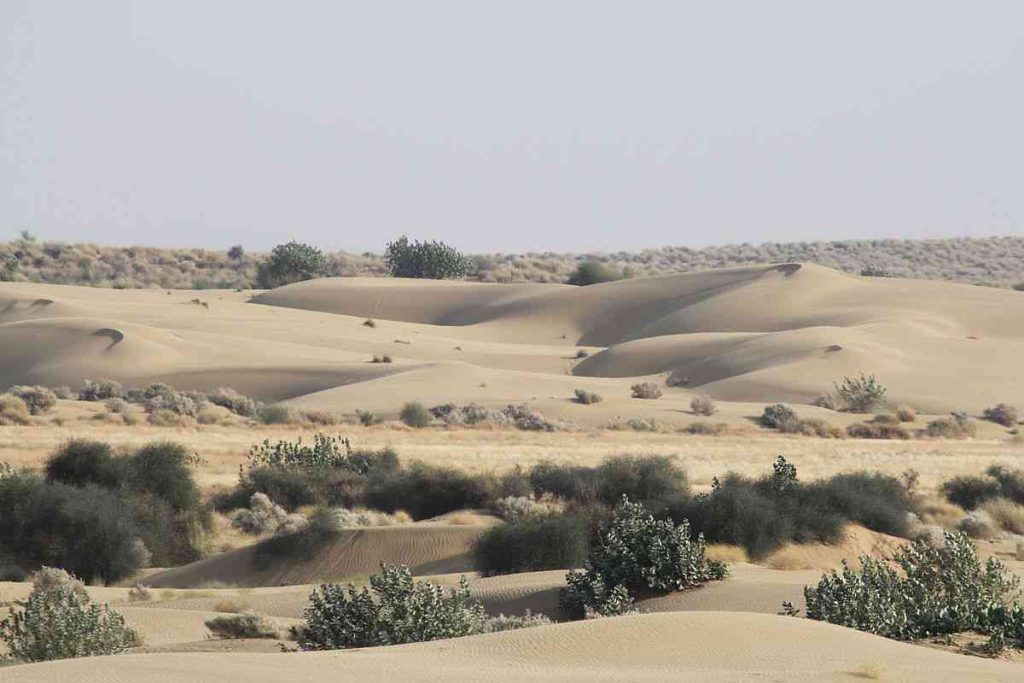“Policymakers and planners think that open lands hardly contribute anything and can be used for some development pathway,” said Vivek Saxena, the chief executive officer of Haryana State Compensatory Afforestation Fund Management and Planning Authority, in November. He spoke at a panel discussion titled Conserving Open Natural Ecosystems for People, Carbon, and Biodiversity on November 15.
According to Saxena, open natural ecosystems are critical in discussions about climate change, carbon sequestration, and supporting biodiversity and livelihoods.
Open natural ecosystems
Open natural ecosystems include cold and hot deserts, rock outcrops, boulder and rubble fields, wetlands and marshes, and diverse grasslands and savanna ecosystems all over the world. According to some estimates, they occupy roughly two-thirds of the Earth’s land surface.

Wastelands
“Wastelands, unlike forests, are not a natural category of land. They are constructed socially and historically,” said Madhusudan, wildlife biologist and Obaid Siddiqi Chair, Archives at National Center for Biological Sciences, at a lecture at the Bangalore International Centre in May.

Grasslands
Grasslands are one such rich and diverse open natural ecosystem that has suffered greatly as a result of this misclassification. Indian school textbooks may mention Africa’s savannahs, Europe’s and Central Asia’s steppes, and the Americas’ prairies and pampas, but they fail to mention their counterparts closer to home.




